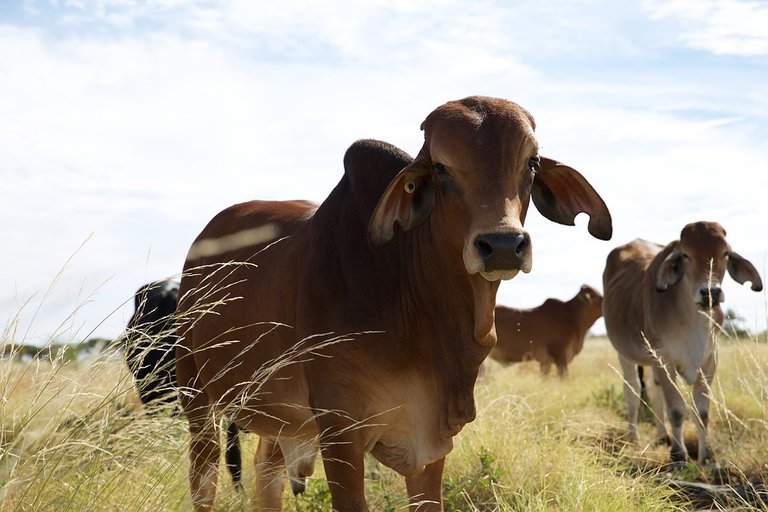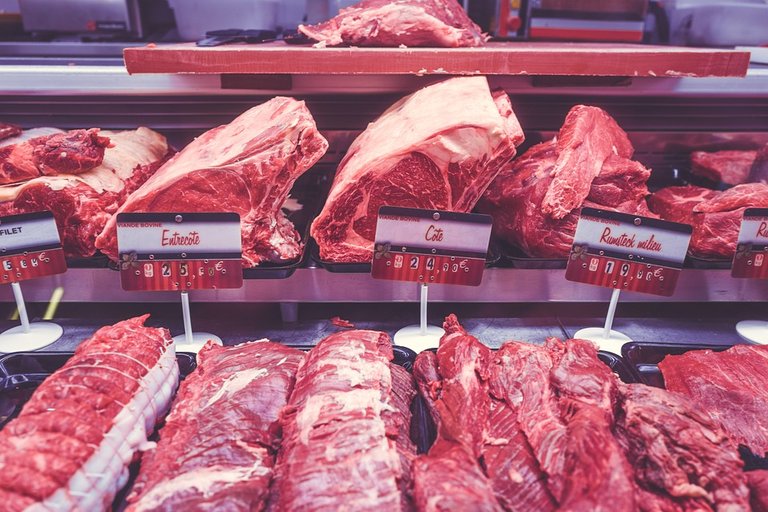

Introduction
Costs are part of the financial indicators that determine the success of organizations, therefore, they are considered essential to maintain stability and efficiency in a competitive business environment. That is why agricultural companies need to know the costs to make adequate decisions to develop and mass produce.
In addition, in Venezuela the livestock sector does not have a defined scheme for marketing, which is why sales, in large part, depends on the analysis and positioning in the market of each producer, being able to choose to carry out the whole process of lifting the cattle, which starts from birth to standing sale and / or channel or just choose a line of this value chain, as is the case of intermediaries, which decide to choose only one link in the marketing chain.
In the same way, due to the economic situation facing the country, the livestock sector lacks a database on how many prices and costs allow entrepreneurs to project their investments, therefore each production unit must be responsible for managing costs, First of all, to comply with what is established in Article 32 of the Fair Prices Law, where it is mentioned that in order to establish the profit margin it must depend on the cost structure and secondly to promote productivity, profitability, efficiency and effectiveness in livestock companies.



Development
On the other hand, the production, marketing and sale of cattle is an activity as old as the creation of man, being recognized as a branch of the most popular agricultural activities worldwide, standing out for the use of milk and meat, is to say, that the beef presents a high production and demand at international level, becoming a fundamental activity to guarantee the feeding of the towns. However, the success of livestock enterprises depends in large part on the management of resources, both financial, administrative and material, since they constitute the basis that drives agricultural development. Given this, there is a need to know indicators such as the costs that serve as a basis for decision making.
For the cattle producer, it is essential to know the cost structure for the production of his flock, being essential to define the productive cycle, which is made up of several stages, among which the following stand out: The selection of the breed, service and gestation, calving, growth, fattening, reproduction, marketing and sale of livestock. However, in the last stages there are producers who act as intermediaries whose process is summarized in the acquisition of livestock, slight adjustment for sale and finally sale.
For the above reasons, we can point out that the productive cycle of livestock activities can be defined by the producer, being able to choose to comply with the whole cycle or select only some activities such as fattening or commercialization of livestock, being considered the similar Livestock Production Units. to companies where it is required to know the production costs, revenues, assets, liabilities, profit margins and profitability that indicate the feasibility of the business.
Similarly, in comparison with other nations of the world where production costs and statistics are known, in Venezuela, due to the severe economic, political and social crisis faced, there are no known databases that show livestock production, there is a rigid incongruence between the costs and prices defined by the State and the Real Costs, directly affecting agricultural production, directly affecting the feasibility and profitability of the agricultural business.



The production of meat and milk is very low, going from 550 thousand tons of meat consumed in Venezuela, only to produce 35% of the meat for national consumption (According to Diario Digital), motivated by the lack of inputs, lack of a structure of reasonable costs, devaluation, inflation, the unfair distribution that the marketers have and the minimum profits of the producers.
Under this same order of ideas, it is convenient to point out that in recent years, due to the difference between the profit margin that the producer has and the commercialization, many producers have opted to assume the intermediary role in the value chain or marketing , due to the significant difference that exists between the profits received by the producer and the intermediary, the latter being more favored.
Thus, in Venezuela, the livestock sector is operating in an environment of uncertainty, characterized by expropriations, price controls and insecurity.
In addition to all this, the producers of the Colón municipality of the Zulia state, for example, have chosen to be intermediaries in the meat value chain, rather than being direct producers, due to productive inefficiency, scarce government support, price regulation , low profit margins and lack of inputs.
That is to say, it seems that in the intermediary link costs are significantly reduced and profit margins are increased. There is a constant uncertainty on the part of the producers regarding the adequacy of the prices, the conformation of the costs and the margin of profitability of the business.

In addition to this, for the producer it is difficult to adapt to the profit margin established in the Fair Prices Act (2013), in which article 32 states the following:
"The maximum profit margin will be established annually, according to scientific criteria, by SUNDDE, taking into consideration the recommendations issued by the Ministries of Popular Power with competence in the areas of Commerce, Industries and Finance. In no case shall the profit margin of each actor in the marketing chain exceed thirty (30) percentage points of the cost structure of the good or service. The SUNDDE may determine maximum profit margins by sector, category, geographic space, marketing channel, economic activity or any other concept that it considers, without exceeding the maximums established in this article ".
In this order of ideas, the key to establishing the price of a product is based on the determination of the production cost elements of the product and the profit margins, which may not exceed thirty percent (30%), depending on the cost structure. However, adapting this guideline is extremely complicated when there is no known cost structure for the sale of bovines with the real prices that are managed in the market and not by the regulated prices.
For these reasons, all agricultural companies must understand that the determination of costs is essential to lay the foundations of the agricultural business.
The profit margins of the production unit depend not only on the income that the farm receives, but also on the structure of its production costs. The latter will depend in turn on the way in which the producer organizes his operation in terms of food, health, management, genetics and other factors of production. The production process occurs when economic goods are transformed and acquire greater value. The goods with which a production process begins are known as inputs. The cost of inputs together with the cost implicit in their transformation is known as production costs, although the cost structure for each farm is very unique, since it depends on the size, volume of production, composition of capital, type of technology and the managerial capacity of the producer, the success of the livestock business is based on the efficiency of the use of the economic resources that are being managed, leading this to define what is known as productivity.

A new friend is dismissed ... successes to all ...